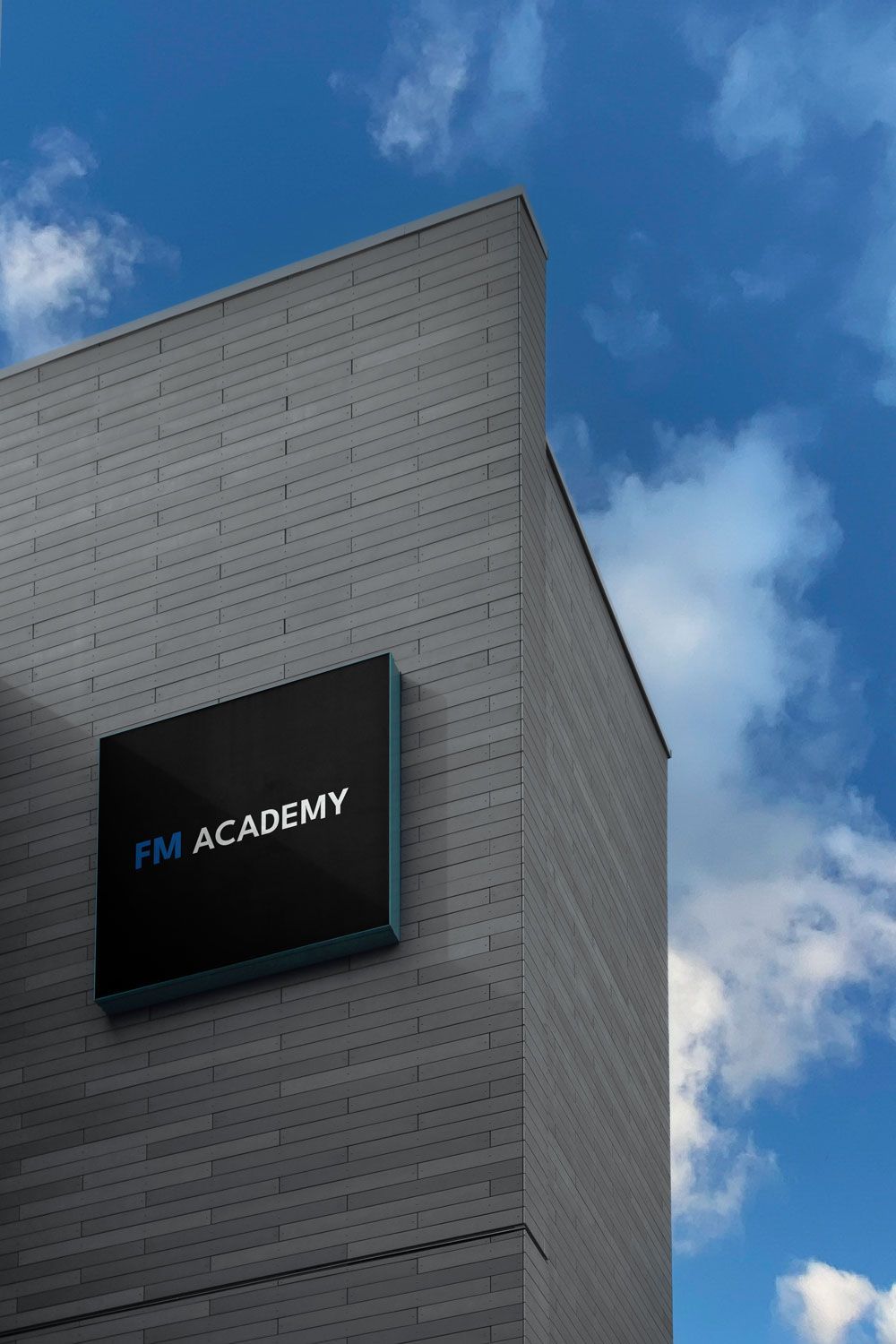FM Academy
Your technical training in the world of fasteners
In a constantly evolving sector, knowledge and constant updating are the key to success.
Your complete journey into the world of fasteners
The FM Academy is the ultimate learning resource for learning every aspect of the fastener world. We've structured our program into four thematic modules, designed to provide you with in-depth, practical knowledge.
Production technologies and processes
Standards, certifications and technical documentation
Standard thread and mechanical characteristics
Assembly, fastening and performance
We offer structured courses that combine theory and immersive practice. Discover our online portal: a resource packed with insights, regulations, and production process secrets, for a knowledge that's always one step ahead.

Production
Production technologies and processes
In this module, you'll explore fastener manufacturing techniques, from molding methods to treatments and coatings. You'll delve into materials and defects, learning how to ensure quality and durability in every component.

Compliance
Standards, certifications and technical documentation
This chapter will guide you through the complex world of quality regulations and certifications. You'll learn the importance of technical documentation and control processes (such as PPAP and PPM), which are essential for industry compliance.


Technique
Standard threads and mechanical characteristics
A technical study of threads, standards, and coupling tolerances. We'll examine in detail the mechanical properties of screws and nuts, their strength classes, and their materials, providing you with the foundation for an informed choice.





Application
Assembly, fastening and performance
Gain practical knowledge for optimal assembly. This module covers tightening criteria, preload, and causes of loosening, presenting effective solutions to prevent failures and ensure stability.








